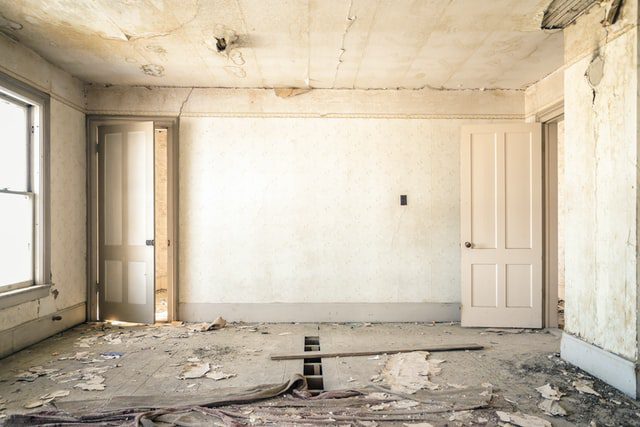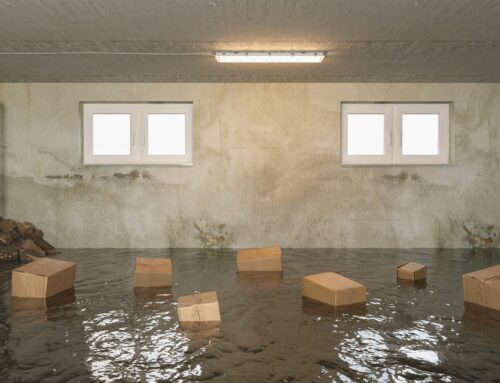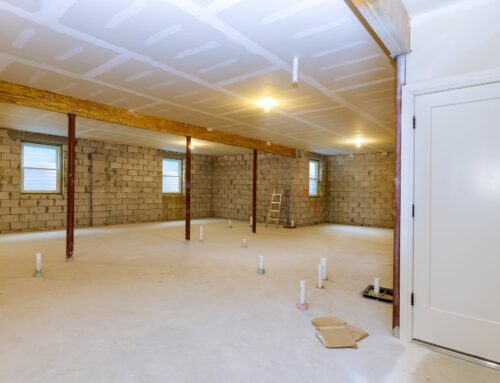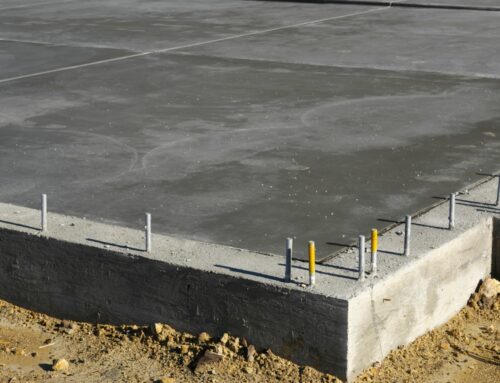Modern construction practices have changed not only in techniques, but the choice of materials. For one, most homeowners do not choose drywall as their go-to interior finish. Before the modern drywall finish became popular, however, people chose to use plaster.
Plaster is a wet material directly applied to a sheet of blue board, which is designed to bond properly with the plaster. As a result, any unique details you wish to add can easily be molded. This technique is what reigned in most Victorian homes, especially considering their penchant for detail.
Thankfully, plaster has been on the rise for modern homes—and for good reason. Its moldability has allowed homeowners better control of their designs, along with acoustic features that allow them to build home theater studios, and so much more.
Working with plaster, however, comes with a stringent set of rules. This includes the use of mesh, which is what keeps the entire structure in place. To learn more about the importance of mesh, and what happens without, here’s a quick and easy guide to follow:
Why Does Plaster Need Mesh?
Most people assume that plastering directly onto a wall without mesh reinforcement is a good practice. This is especially true when you’re working with a mix of lime or earth, but most professionals prefer using meshed walls. The process can indeed be done without the help of the wires, but the results aren’t always ideal.
Unmeshed walls slathered with plaster end up developing major issues. More often than not, a renovation is necessary, leaving you back to square one—which is to use mesh before plastering!
What Happens if You Plaster Without Mesh?
The question remains—what exactly happens if you use plaster without proper mesh structure? For one, you can end up overstuffing your walls. Keep in mind that any loose areas of the wall can easily be stuffed with straw, but loose stuffing can still happen through these gaps. You’ll need to fill the areas with tightly packed straw, but this simply cannot hold without a mesh in place. Without the metal mesh, loose material can fall out of the wall—especially under the weight of a wet material like plaster.
Slathering on plaster without reinforcement can also lead to more costly problems in the long run. While plaster can definitely bond and hold over whatever material you choose to put it on, mesh simply bonds everything together. You’ll also make the process easier with mesh, as there is enough tension and strength to keep things together.
Keep in mind that plaster works like concrete. It’s stronger under compressive loads, which essentially means pushing the material onto itself. With tensile stress, however, it can easily pull apart. Thanks to a mesh structure, you provide it with extra strength even in tensile stress. As a result, you’re left with a better quality plaster finish, with little to no cracks.
The Bottom Line
Although slathering plaster directly onto the wall of straws is possible, doing so without mesh can affect the quality of the plaster. You can end up with loose gaps that make your wall unsteady, as well as cracking, uneven plaster builds, and so on. At the end of the day, skipping a step in the process isn’t worth it.
For the best services on concrete & plaster walls in San Francisco, CA, One Stop Plastering has you covered. With over 60 years of experience, we guarantee you quality finishes and excellent service—every single time.






